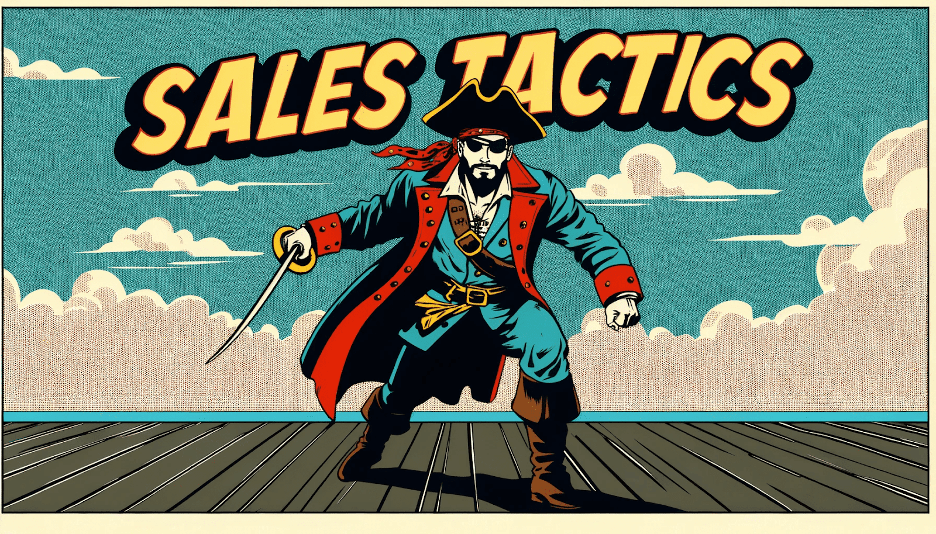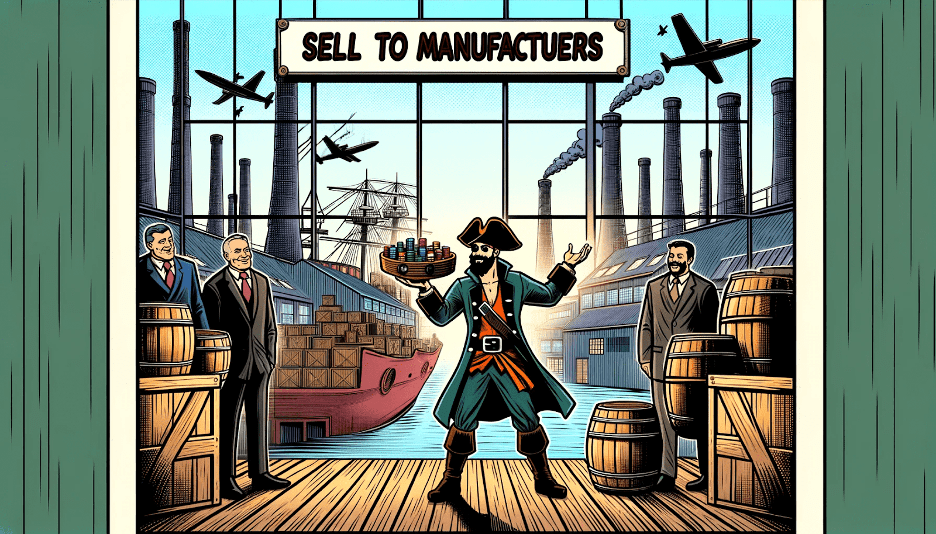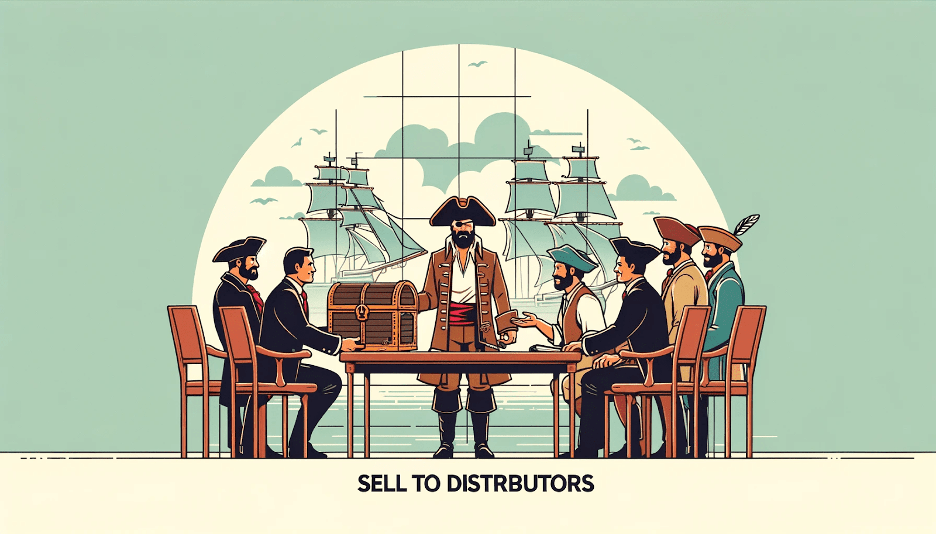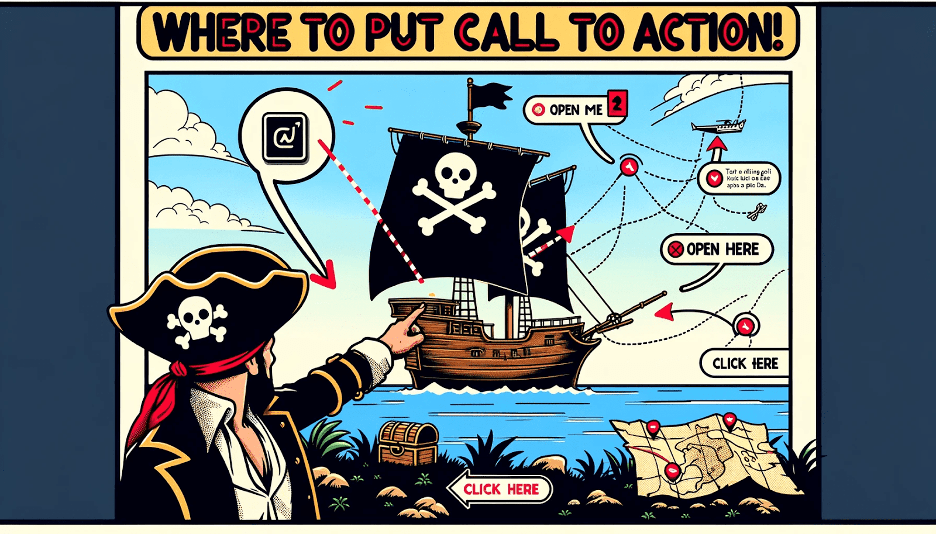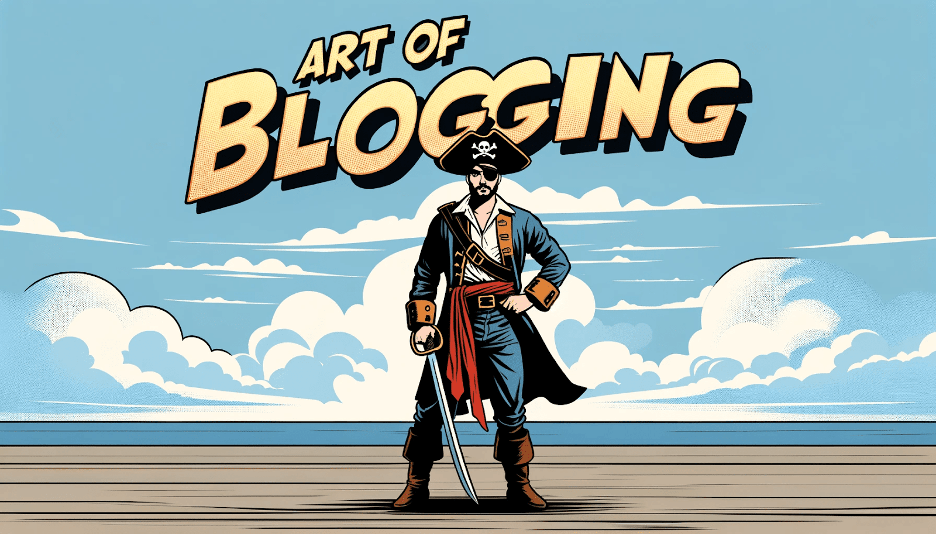
Mastering the Art of Marine Industry Blogging in 2024
Creating a blog post that not only sails smoothly but also captures the attention of your audience is a skill of its own. There’s a repeatable process to writing posts that can get you consistent traffic. This process is especially vital in the niche world of the marine industry.
We are a marketing, advertising, and branding firm for the maritime industry. Our services are designed to help mission-driven businesses clarify positioning, expand reach, and increase revenues. Request a Free Strategy Call or just shoot me an email at mcharette@boatsquarterly.com
1. Selecting the Ideal Topic
Embarking on your writing journey starts with choosing a topic that resonates deeply with your audience. What’s the point in spending your time and energy writing a post if you’re not going to get traffic from it? This means identifying topics that are not only relevant but also have a significant search volume and achievable ranking potential on Google.
2. Deciphering Search Intent
Understanding the search intent behind queries is crucial. If you open up the top articles, you’ll see that they’re laid out in a format that Google wants to see. This could mean focusing on educational content, product reviews, or industry trends, depending on what currently ranks highest.
3. Constructing a Robust Outline
A well-crafted outline is your navigational chart. Your outline becomes a superset of all the top articles. This approach ensures your content is comprehensive, covering all angles and surpassing existing material.
4. Crafting a Magnetic Title
The title is the beacon that guides readers to your content. It should be keyword-optimized and compelling. Make sure your keyword is in the title, preferably towards the front. For the marine industry, this might include the current year or specific terminology that appeals to your audience.
5. Crafting an Engaging Introduction
Your introduction should hook the reader immediately. Use your introduction paragraph to entertain them, educate them, or even scare them into reading your article. In the context of the marine industry, addressing current challenges or innovations can be a powerful hook.
6. Content Creation with SEO in Mind
When writing the content, using tools like google’s keyword planner can guide your writing to include words and phrases used in top-ranking articles. Google Notes you shouldn’t be on page 1 for a ribs recipe if you’re not using words like temperature, sauce.
7. Enhancing Readability and Engagement
Keep your content readable and engaging. Write in short one to two sentence paragraphs that are easy on the eyes. Breaking up text with images, graphics, and videos relevant to the marine industry can enhance reader engagement.
8. Concluding with Purpose
Your conclusion should summarize the content and guide the reader to the next step. Think about what is your goal with this blog post. Whether it’s encouraging readers to explore more about marine technology or inviting them to subscribe to a newsletter, the conclusion should be clear and purposeful.
9. Meticulous Proofreading and Uploading
Before uploading, ensure your content is free from errors. Run your content through a grammar and spell check tool like Grammarly. A second pair of eyes can also be invaluable.
10. Post-Upload SEO Optimization
After uploading, optimize your post with structured data, interlinking, and meta tags. Schema is code that you put on your post that makes it super easy for Google to figure out exactly what your content is about.
Crafting the perfect blog post in the marine industry requires a blend of strategic topic selection, understanding of search intent, engaging writing, and SEO optimization. Writing great blog content isn’t just about making the search engines happy, far from it. The main goal is to make your readers happy.
MIDA.PRO – Marine Industry Digital Agency – Web dev / Marketing
Podcast – SHIPSHAPE INTERNATIONAL OCEAN INSIGHT
